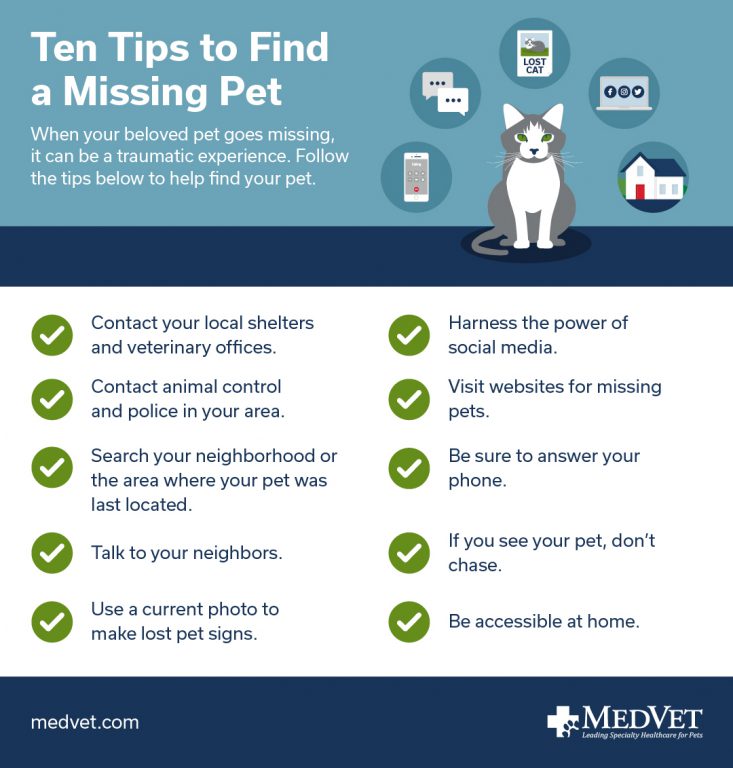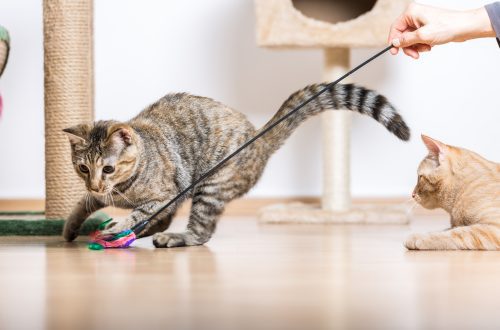
Yuav ua li cas pab tus miv ploj thiab yuav ua li cas nrhiav tus tswv
Finding a lost cat on your doorstep can be an unpleasant experience. You want to help, of course, but it’s not always clear what kind of help she needs. Most likely it can be attributed to one of three categories. Either it’s a domestic cat and it just ran away and got lost, or it was thrown out into the street and is now homeless, or it’s an outdoor wild cat that has never lived with people. It is important to determine which category you are dealing with before doing anything to help. If you are in a position to help a homeless animal, this article will guide you on what steps to take.
Is this cat wild?
If a cat appears on your territory, you should first observe its behavior at a safe distance before approaching and offering help. Wild cats and kittens are not used to human company, so they may bite or scratch if you try to touch them, even if you are allowed to get close.
If a cat is friendly and accommodating, it is most likely not wild, however, some non-wild stray animals are very timid and fearful of strangers despite being socialized, so it is not always easy to figure out who is in front of you. Alley Cat Allies has identified several signs that will help identify a wild cat:
- Stray or lost cats may approach houses, cars, and even people, although they initially keep a safe distance. Wild ones, on the other hand, are more likely to run away or hide.
- Stray cats try to avoid other cats, while wild animals often live in groups.
- Stray cats may look at you and even make eye contact, while their wild counterparts tend to avoid eye contact.
- Stray cats are more likely to meow or “talk” to you. Wild cats are usually silent.
- Stray cats are mostly active during the day, while wild cats, although they may be seen during the day, are more active at night.
- Stray animals used to being cared for may have a characteristic “homeless look”. For example, they may be dirty or shabby. Wild cats are used to taking care of themselves, so they often look clean and healthy.
If you feel like you’re dealing with a wild cat, it’s best to keep your distance. It is very likely that such a cat does not need to be rescued. You can call your local animal trapping service if you suspect feral cats live near you, as they know how to handle such animals.
Lost or homeless?
So, you have found a lost cat and determined that it is not wild and it is not dangerous to approach it. The next step is to figure out if she’s really just lost, or if she’s homeless and needs a new family. If she’s wearing a collar with a medallion-address, there’s a good chance she’s lost. In this case, just call the number on her locket so her owner knows the cat was found safe and sound. You can also call the veterinarian listed on the vaccination tag, who can help you contact the animal’s owner.
Unfortunately, it’s not always that easy. Many people simply do not put collars or medallions on their cats, so their absence does not necessarily mean that the cat is stray. You can take it to a veterinarian or an animal shelter to have it scanned for a microchip that contains the contact details of the owner, but the absence of a chip does not necessarily mean that you are dealing with an abandoned cat.
If there is no easy way to find out who the owner of the animal is, the next step is to check the lost pet ads. It’s also a good idea to ask your neighbors if anyone’s cat has gone missing or if anyone has seen “lost cat” posters describing the animal you’ve found. Be sure to also check out the missing pet sections on the missing pet social media groups, or call your local animal shelters. People often call their local shelters if they have lost a pet, so there’s a chance the shelter can help you get your cat back to its owner.
If your searches don’t turn up any results, the last step is to post your own “cat found” ads. Take advantage of your social media. Maybe one of your friends knows whose cat it is. Again, call the animal shelter and let them know you’ve found a cat you think is lost so they can contact you if the owner calls. If you are unable to look after the cat until its owner is found, be sure to call your local shelter and ask if you can give it to them. Never leave a cat on the doorstep of a local shelter or fire station.
Yog koj muaj tsiaj
Caring for a lost cat can be time consuming, and you may even have to host a furry guest for a few days or even weeks. If you already have pets, try to isolate the new cat until you find its owner or take it to the veterinarian for examination and vaccinations.
Once you’re sure she’s healthy, you can slowly start introducing her to your pets. On the other hand, if you don’t plan on keeping her, it might be best to keep her separate from the others for the rest of her stay with you.
Help a homeless cat
If you have exhausted all your resources and could not find her owner, most likely she was abandoned and she needs a new home. In this case, you have several options. Of course, you can keep it for yourself. If you decide to do this, the first thing (if, of course, you have not already done so) take her to a veterinarian so that he checks her health and prescribes vaccinations, as well as a spay or castration operation.
If you don’t plan on leaving her, you need to find her a home. To get started, call local shelters and see if they would like to take her. If a shelter refuses to accept a cat, these recommendations from the Cat Care Society will help you find a new home for your stray:
- Post ads. To get started, let friends, family, and co-workers know that you are looking for someone to adopt a cat. You can also try your social networks. If these methods don’t work, post flyers at veterinary clinics and pet stores. You can also advertise in newspapers and online classifieds sites.
- Talk to potential hosts. Ask them a few questions: do they already have pets and what kind, do these animals have vaccinations, are they spayed/neutered, are there children in the house and can they keep animals in the house. If you have not yet taken care of vaccinations and sterilization/neutering, ask if the potential owner is ready to take care of these procedures themselves.
- Arrange a meeting. Let the cat get to know the potential owner under your care so you can make sure they get along before you give her away.
How to help a wild cat
Wild cats can usually take care of themselves, but you can make life easier for them by giving them food and water—preferably somewhere out of the reach of your own pets or children—and a hiding place where they can hide. from bad weather. Helping wild cats is complicated by the fact that they multiply very quickly. Plus, they can be carriers of diseases. The problem with feeding feral cats is that it encourages them to breed, which leads to more and more stray animals on the street, and since feral cats tend to roam in groups, it may turn out that more cats will take advantage of your invitation. than you expected.
One way to manage the number of feral cats in your area, reduce the risk of infectious diseases for your own pets, and potentially find a home for kittens, is through a Catch-Sterilize-Return (CNR) program. Find out if there are volunteer opportunities in your area to help with these initiatives. SALT involves capturing feral cats and kittens, spaying/neutering and vaccinating them, after which the adult cats are returned to their environment and a home or shelter is found for the kittens.
Helping a lost cat can be a very difficult task and requires a lot of dedication from you, but it will be warmer in your soul and heart from the knowledge that you helped an animal in need, often worth it. Who knows, maybe this stray cat on your doorstep will eventually become your cherished companion.





